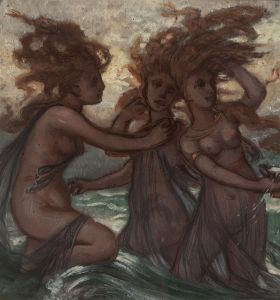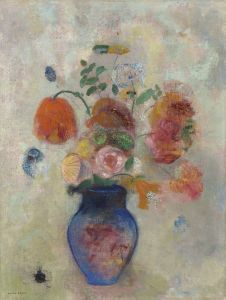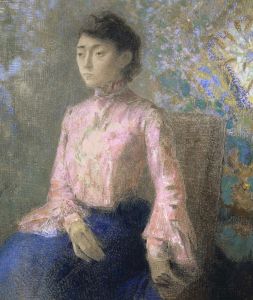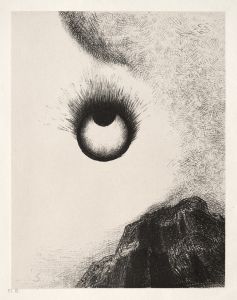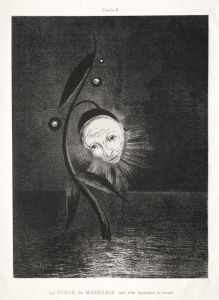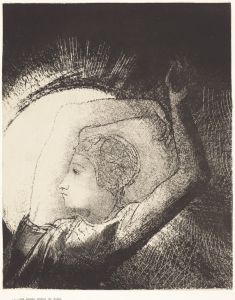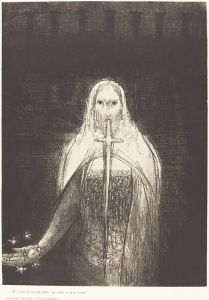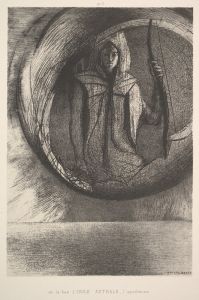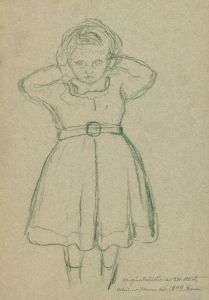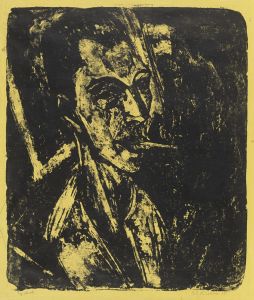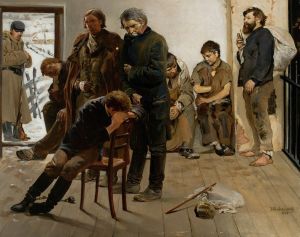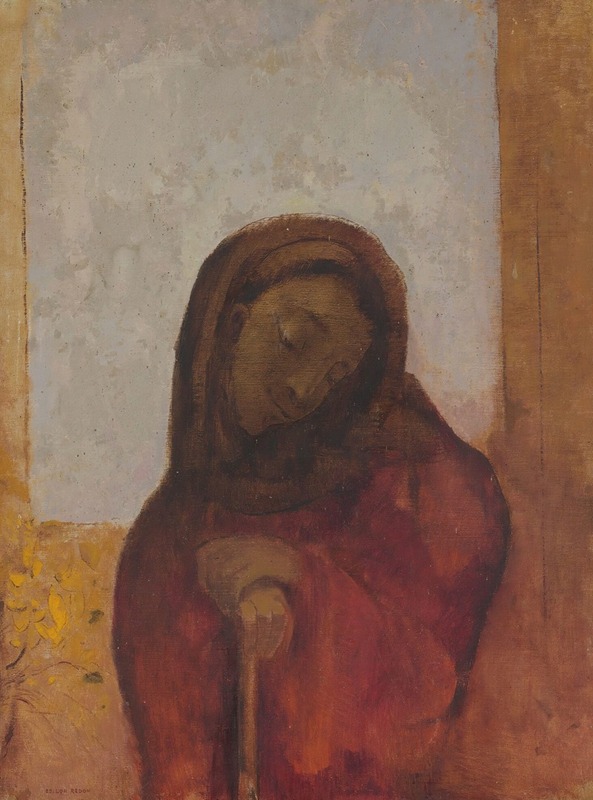
La Désespérance, Dit Aussi La Souffrance
A hand-painted replica of Odilon Redon’s masterpiece La Désespérance, Dit Aussi La Souffrance, meticulously crafted by professional artists to capture the true essence of the original. Each piece is created with museum-quality canvas and rare mineral pigments, carefully painted by experienced artists with delicate brushstrokes and rich, layered colors to perfectly recreate the texture of the original artwork. Unlike machine-printed reproductions, this hand-painted version brings the painting to life, infused with the artist’s emotions and skill in every stroke. Whether for personal collection or home decoration, it instantly elevates the artistic atmosphere of any space.
Odilon Redon, a prominent French symbolist artist, created a diverse body of work that includes paintings, drawings, and prints. Among his notable works is "La Désespérance, Dit Aussi La Souffrance," which translates to "Despair, Also Known as Suffering." This piece is a testament to Redon's exploration of the human psyche and emotions, a recurring theme in his oeuvre.
Redon was born on April 20, 1840, in Bordeaux, France. He initially trained in architecture, but his passion for art led him to study painting under Jean-Léon Gérôme and later engraving with Rodolphe Bresdin. Redon's early works were primarily in black and white, using charcoal and lithography, which he referred to as his "noirs." These works often depicted fantastical and dreamlike imagery, reflecting his interest in the subconscious and the mystical.
"La Désespérance, Dit Aussi La Souffrance" is emblematic of Redon's transition from his monochromatic "noirs" to his later use of vibrant colors. This shift occurred in the late 19th century when he began experimenting with pastels and oils, influenced by the Impressionists and the burgeoning Symbolist movement. Redon's use of color allowed him to further explore themes of emotion and spirituality, creating works that were both visually striking and psychologically profound.
The painting itself captures a deep sense of melancholy and introspection. Redon's ability to convey complex emotions through his use of color and form is evident in this work. The composition likely features a central figure, possibly a representation of human suffering or despair, surrounded by an ethereal and dreamlike environment. Redon's characteristic use of soft, blended colors and delicate lines creates a sense of otherworldliness, inviting viewers to delve into the emotional depth of the piece.
Redon's work, including "La Désespérance, Dit Aussi La Souffrance," is often associated with the Symbolist movement, which emerged in the late 19th century as a reaction against the naturalism and realism of the time. Symbolists sought to express the intangible aspects of human experience, such as emotions, dreams, and spirituality, through symbolic imagery and themes. Redon's art, with its focus on the inner world and the mystical, aligns closely with these ideals.
Throughout his career, Redon was influenced by a variety of sources, including literature, music, and philosophy. He was particularly inspired by the works of Edgar Allan Poe, Charles Baudelaire, and Stéphane Mallarmé, whose writings explored similar themes of the mysterious and the emotional. This interdisciplinary approach enriched Redon's artistic vision, allowing him to create works that resonate on multiple levels.
"La Désespérance, Dit Aussi La Souffrance" is a reflection of Redon's unique artistic voice, which continues to captivate audiences with its emotional depth and symbolic richness. His work has been exhibited in numerous galleries and museums worldwide, and he remains a significant figure in the history of modern art. Redon's exploration of the human condition through his art offers a timeless commentary on the complexities of emotion and the power of the imagination.





